Departments
-

The two-lined spittlebug is an important insect pest of turfgrass in Georgia, with centipedegrass being the most susceptible to infestation. It also attacks some ornamental plants, including asters, hollies, and morning glories. This publication provides management options and other information on the two-lined spittlebug, including identification and biology, host plants, damage symptoms, and control strategies.
William Hudson, Shimat Joseph, and Fawad Zafar Ahmad Khan
|
-
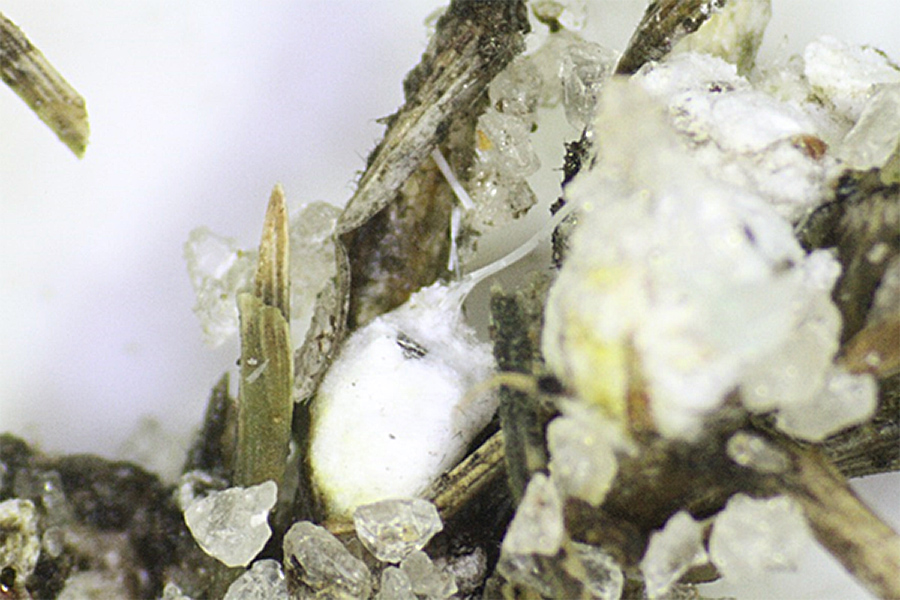
Rhodesgrass mealybugs are an invasive insect native to Asia that can infest more than 100 grass species including all warm-season grasses commonly used for pastures and turf in Georgia. This publication includes information about rhodesgrass mealybug identification and biology, its host plants, damage symptoms, and control strategies, including the use of parasitic wasps.
William Hudson and Shimat Joseph
|
-
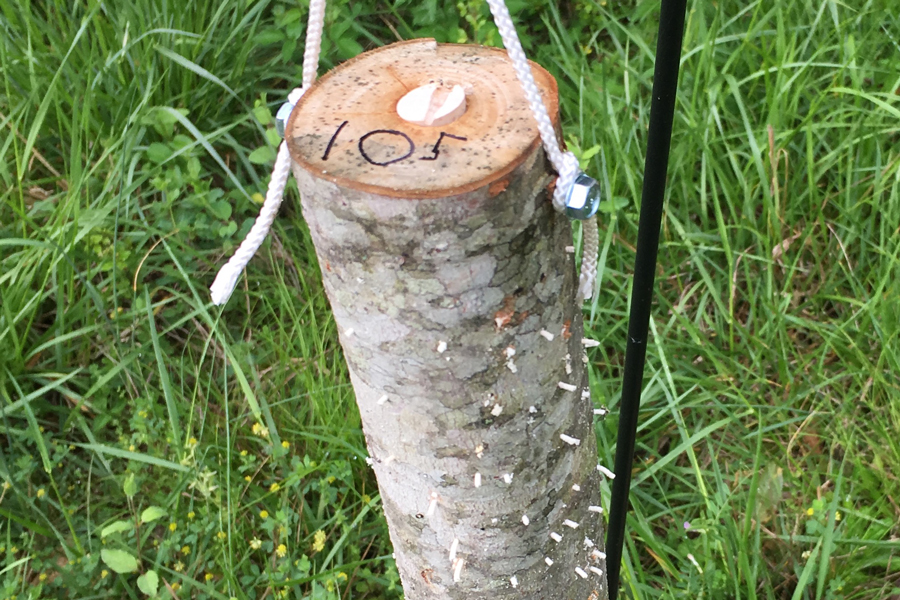
The granulate ambrosia beetle (previously known as the Asian ambrosia beetle) is a serious pest of woody ornamental nursery plants, fruit trees, and shrubs in Georgia. This publication provides information on identification and biology, host plants, damage symptoms, and control strategies for this aggressive pest.
William Hudson, Paul Pugliese, and Shimat Joseph
|
-
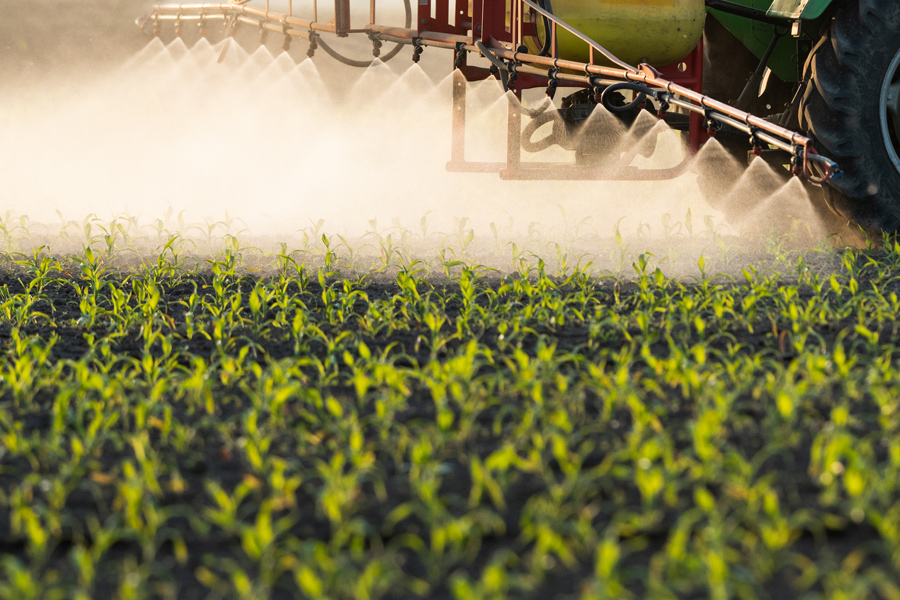
Pesticide applicators should visit the Bulletins Live! Two website to determine if they are located within a pesticide-restricted or limited area, known as a pesticide use limitation area (PULA). These restrictions protect endangered and threatened species from adverse effects. This publication provides users a step-by-step guide on how to navigate this website and access the information needed for applications and recordkeeping.
Stanley Culpepper, Eric Prostko, and Taylor Singleton
|
-
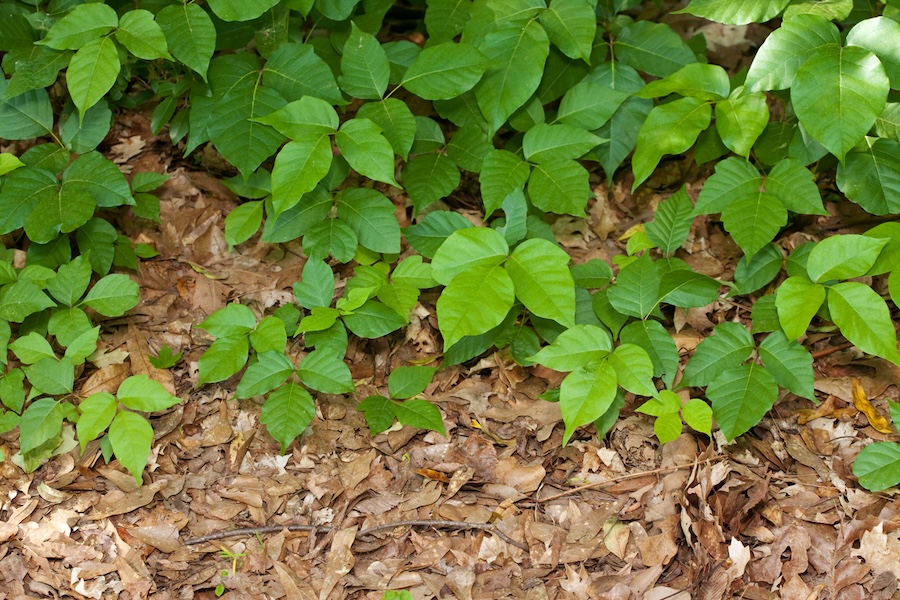
Poison ivy is a common poisonous plant in Georgia. This publication is to help hikers, campers, gardeners, and outdoor lovers identify poison ivy to stay safe and avoid potential allergic reactions.
Mark Czarnota
|
-
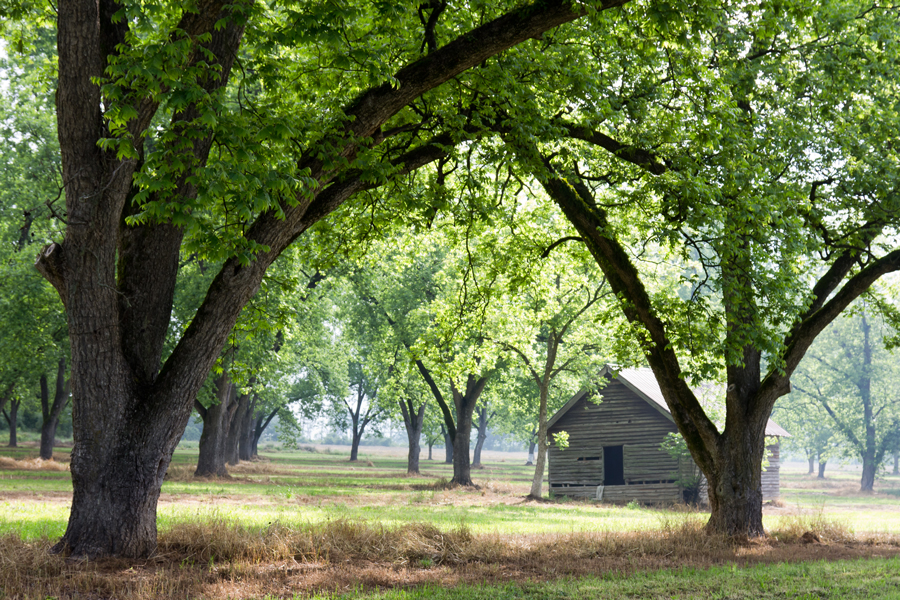
Many residents and properties in Georgia have a significant number of pecan trees or small backyard orchards. While pecan trees in commercial orchards are meticulously managed, noncommercial growers encounter challenges in applying the same level of intensive management to their own pecan trees. This guide provides essential tasks specifically designed for the care of these backyard trees.
Marvin Wells, Andrew Sawyer, Apurba Barman, and Robyn Stewart
|
-

C 1331-01
The Bucket Method
This publication describes the Bucket Method and how someone would use this method to measure the streamflow in a stream, creek, or river to be used in developing a Low Flow Plan required for a agricultural withdrawal permit. Part of the Stream Flow Measurements series.
Gary Hawkins and Ernest Tollner
|
-

Pregnant women should pay increased attention to their nutrition, physical activity, and food safety. This resource was created to assist Extension agents and their clients, and it describes essential dietary and nutrition recommendations—and why they are important—specifically for a pregnant woman and her growing baby.
Sarah Henes
|
-
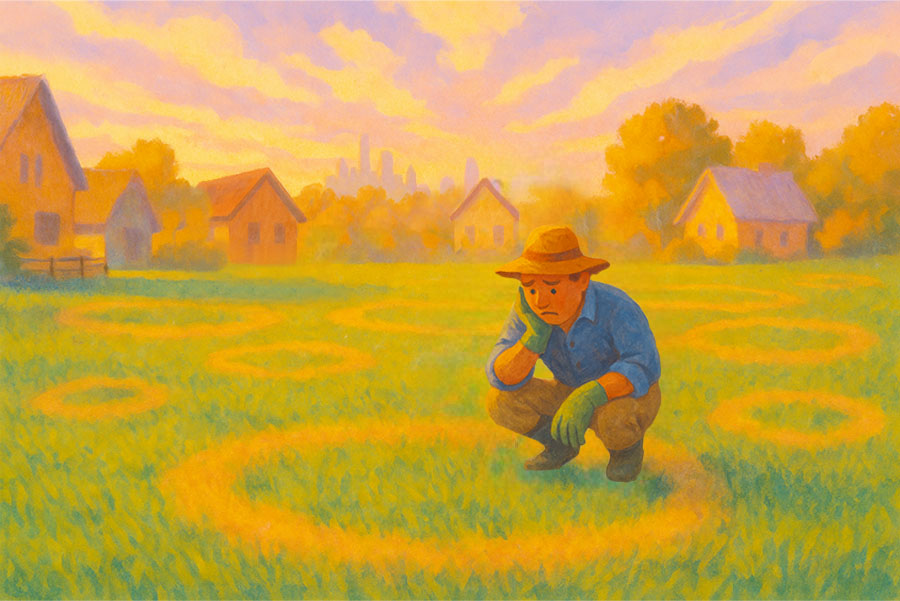
Fairy ring is an umbrella term for a disease that can be caused by more than 60 different species of basidiomycete fungi. It is particularly damaging on golf greens, but can affect all turf species in Georgia. Infection leads to localized dry spots and nutrient imbalances. No single strategy guarantees complete control, but integrating thatch reduction, water management, fertility optimization, and targeted fungicide applications can significantly mitigate disease impact.
Alfredo Martinez, Sergio Sosa, and Bikash Ghimire
|